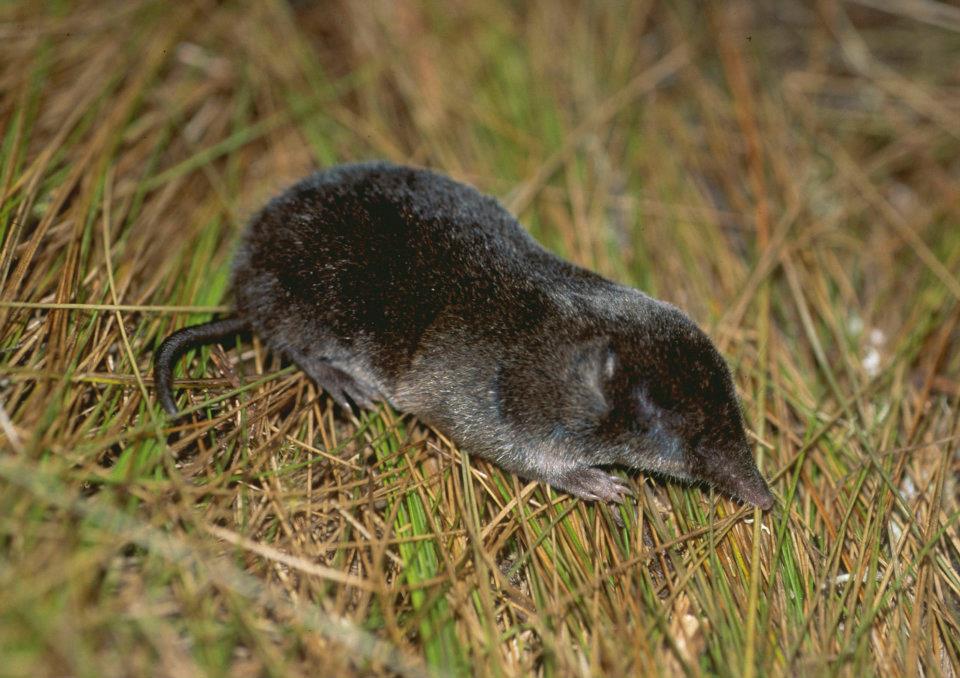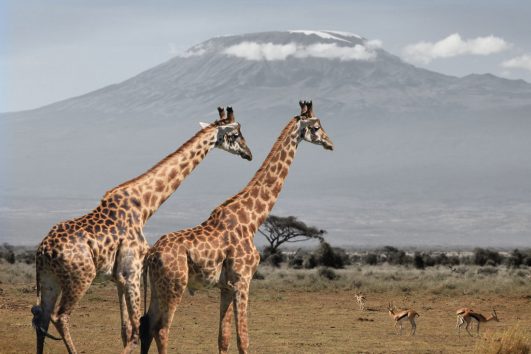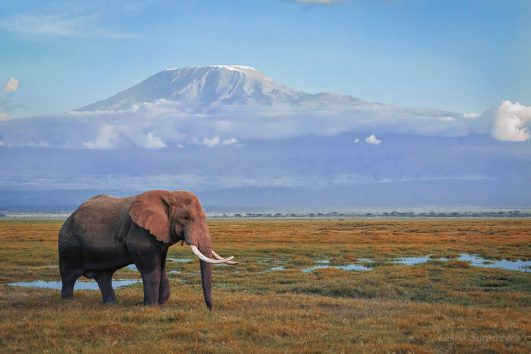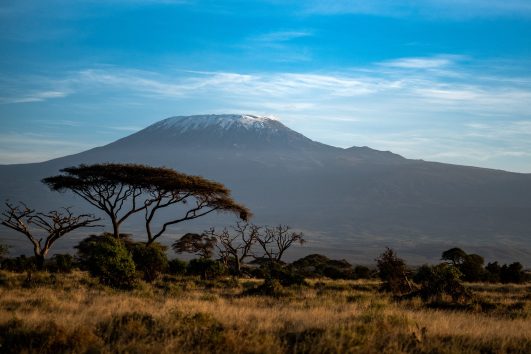The Kilimanjaro shrew, scientifically known as Crocidura monax, is a fascinating creature, particularly due to its unique adaptations for life at high altitudes. This small animal can be found only in Kenya and Tanzania specifically Mount Kenya and Mount Kilimanjaro.
Physical Appearance:
- Size: The Kilimanjaro shrew is relatively small, with adults typically measuring around 10-12 cm in body length, not including the tail.
- Fur: They have dense, soft fur which is usually dark brown or black, providing excellent camouflage in their environment.
- Eyes and Ears: Their eyes are small, and their ears are not very prominent, which is typical for shrews, indicating a reliance more on other senses like touch and smell rather than sight.
Adaptations:
- High Altitude Living: One of the most remarkable adaptations of the Kilimanjaro shrew is its ability to live at altitudes up to 5,000 meters on Mount Kilimanjaro, one of the highest habitats for any mammal. This adaptation involves:
- Oxygen Utilization: They have developed physiological mechanisms to utilize oxygen more efficiently, which is crucial at high altitudes where oxygen levels are significantly lower.
- Temperature Regulation: Their dense fur helps in maintaining body heat in the cold highland environments. They might also have a higher metabolic rate to generate heat.
- Diet: Shrews are insectivorous, but the Kilimanjaro shrew might also feed on other small invertebrates. Their high metabolism requires them to eat frequently, which means they need adaptations for efficient hunting in sparse environments.
- Behaviour: They are nocturnal, which helps them avoid predators and the harsh daytime conditions at high altitudes. Their small size and agility allow them to navigate through the underbrush and crevices.
Habitat:
- Location: As the name suggests, they are found primarily on Mount Kilimanjaro, particularly in the moorland and alpine zones. These areas are characterized by:
- Vegetation: Sparse vegetation, including giant lobelias and senecios, which provide cover and possibly food sources in the form of insects.
- Climate: The climate is cold, with significant temperature drops at night, and lower oxygen levels due to the altitude.
- Microhabitats: They might burrow or use existing crevices for shelter, which protects them from predators and the elements. Their habitat choice also reflects their need for moisture due to their high metabolic rate, which requires hydration.
Kilimanjaro Mouse Shrew
The sole animal that is native to Mount Kilimanjaro is the Kilimanjaro Mouse Shrew (Myosorex zinki). In other words, this species is endemic to Mount Kilimanjaro. It was believed that this mammal was extremely rare and limited to the alpine ecosystems of the mountain because there were so few records of it until recent studies conducted by the Field Museum. We now know it is more widespread than previously believed, ranging from the top moorlands all the way down into the verdant montane forests of Kilimanjaro.
Additional information
| Habitat | Kilimanjaro National Park, Mount Meru, Mount Kenya, Rwenzori |
|---|




